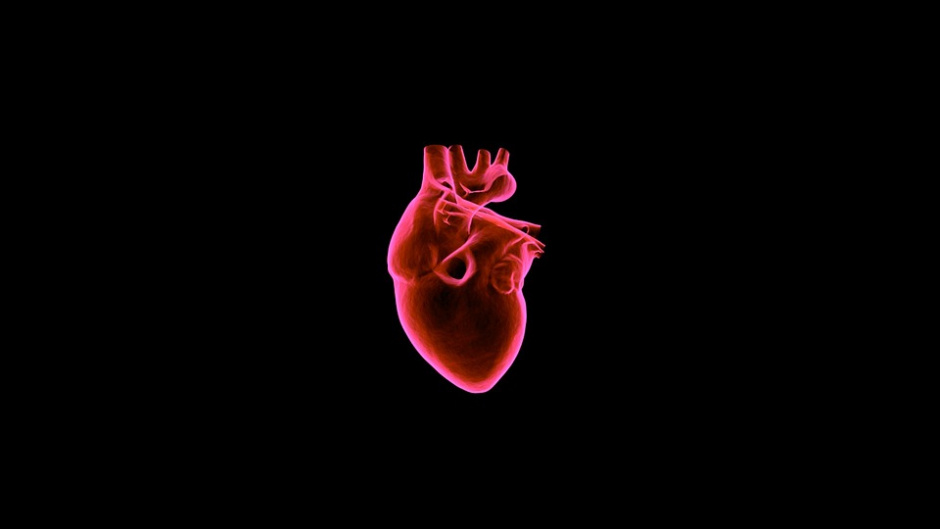
If successful, the project will give patients real-time support to monitor their health alongside care from their doctor.
Sleep test identifies patients’ risk of cardiovascular disease
ECHOES (Enhancing Cardiac Care Through Extensive Sensing) will bring together international academic and industrial partners to develop wearable technology that can be used to capture the experiences, symptoms and cardiovascular data of an individual during their daily life.
Artificial intelligence and machine learning techniques will analyse the data alongside genetic and healthcare data, creating a digital twin of a patient’s heart. ECHOES is one of the four shortlisted international research projects competing for a £30m funding award from the British Heart Foundation’s Big Beat Challenge.
In a statement, Prof Sir Nilesh Samani, Medical Director at the British Heart Foundation, said: “This is high-risk, high-reward research. We whole-heartedly believe in the transformational potential of the Big Beat Challenge to save and improve lives, both here in the UK and around the world. It represents the single biggest investment in pioneering science in the BHF’s 60-year history. In an ideal world, we’d like to fund all four as each one has the chance to make a monumental impact.”
Prof Tim Chico, the UK co-ordinator of the ECHOES consortium, said: “Cardiovascular disease often suffers from low rates of first time diagnosis, resulting in repeated hospital tests, appointments and delays to getting patients on the right treatment pathway.
“A digital twin that works in real-time alongside a patient - changing and ageing with them - will provide a wealth of valuable information to assist doctors in diagnosing heart disease as early as possible.
“It may also be able to identify changes that haven’t yet caused any symptoms or signs, providing vital clinical information that can sometimes be missing from a patient’s medical history.
“Using pioneering technology and techniques we can view the cardiovascular system much like an engineer would a manufacturing system; to analyse and manage the conditions that will allow it to function at optimum levels for the patient for as long as possible.”





Nanogenerator consumes CO2 to generate electricity
Whoopee, they've solved how to keep a light on but not a lot else.